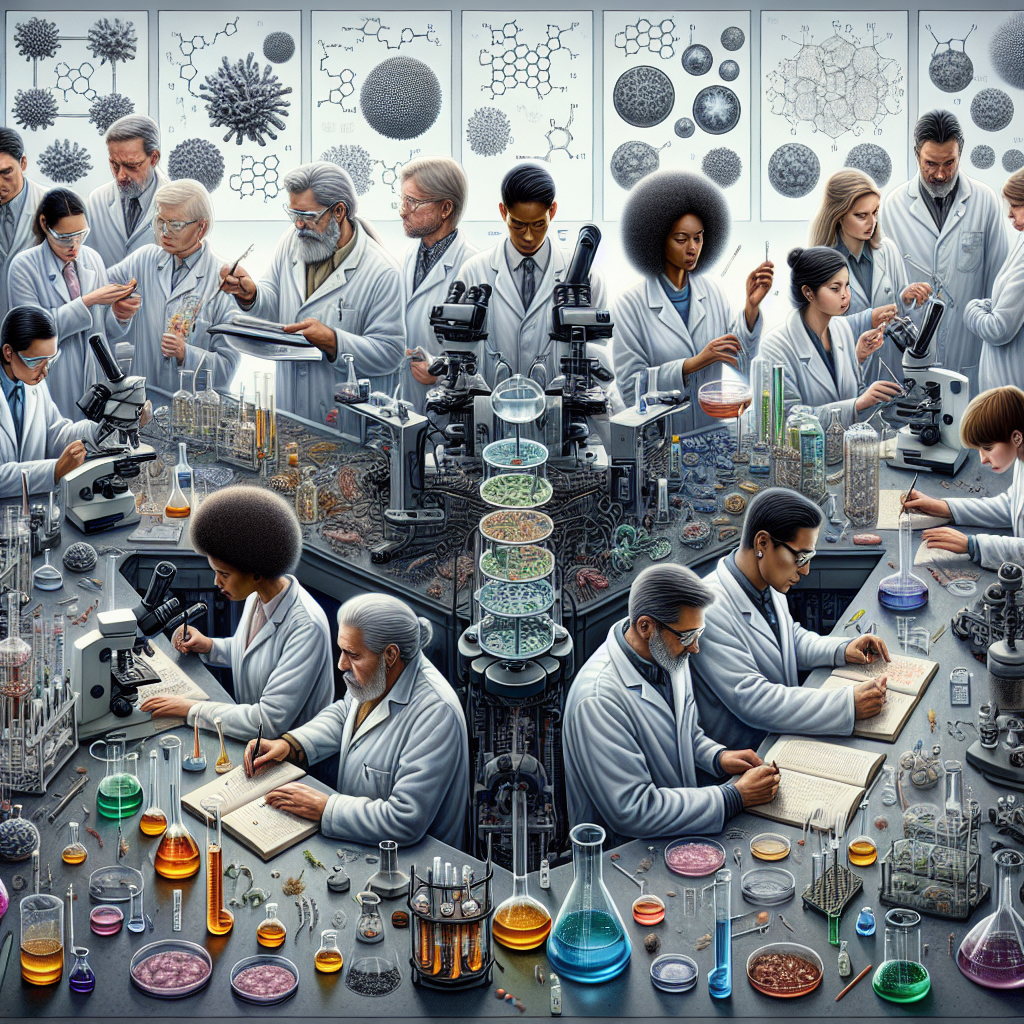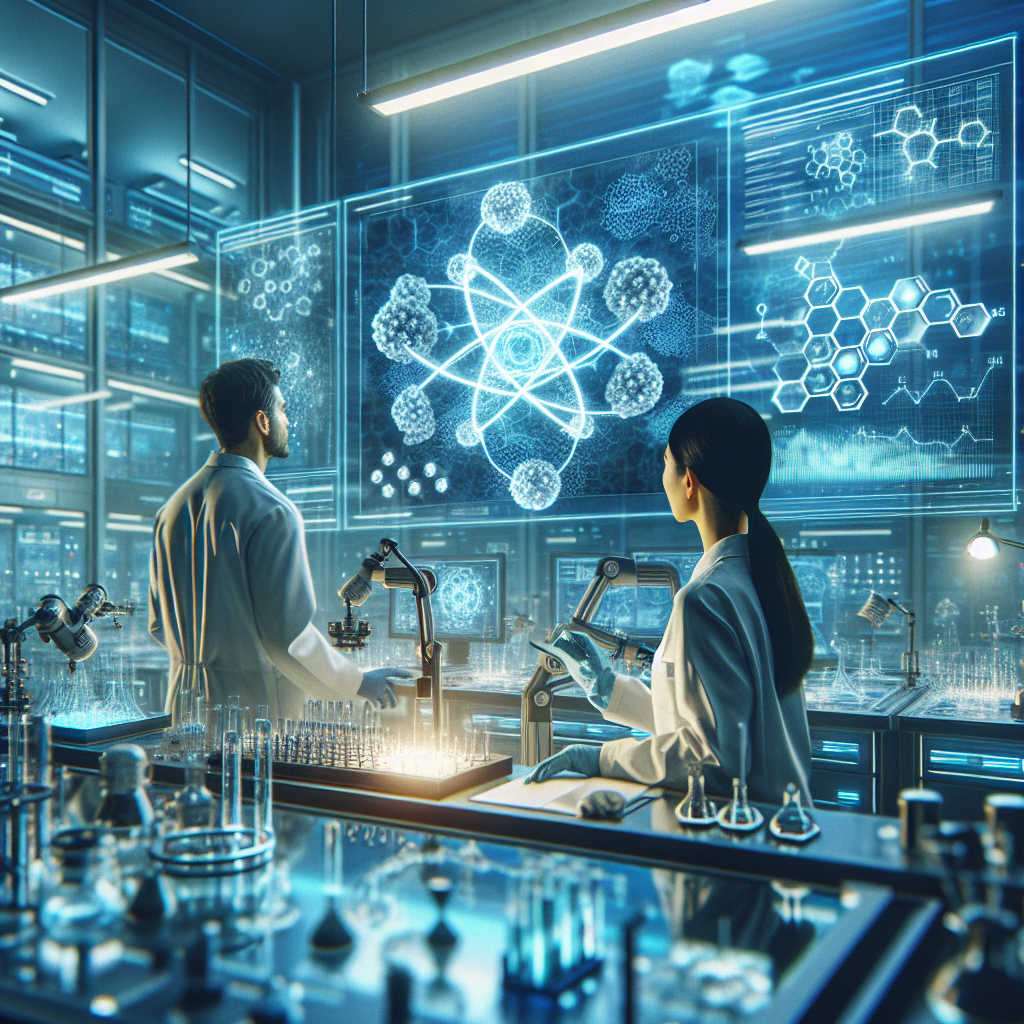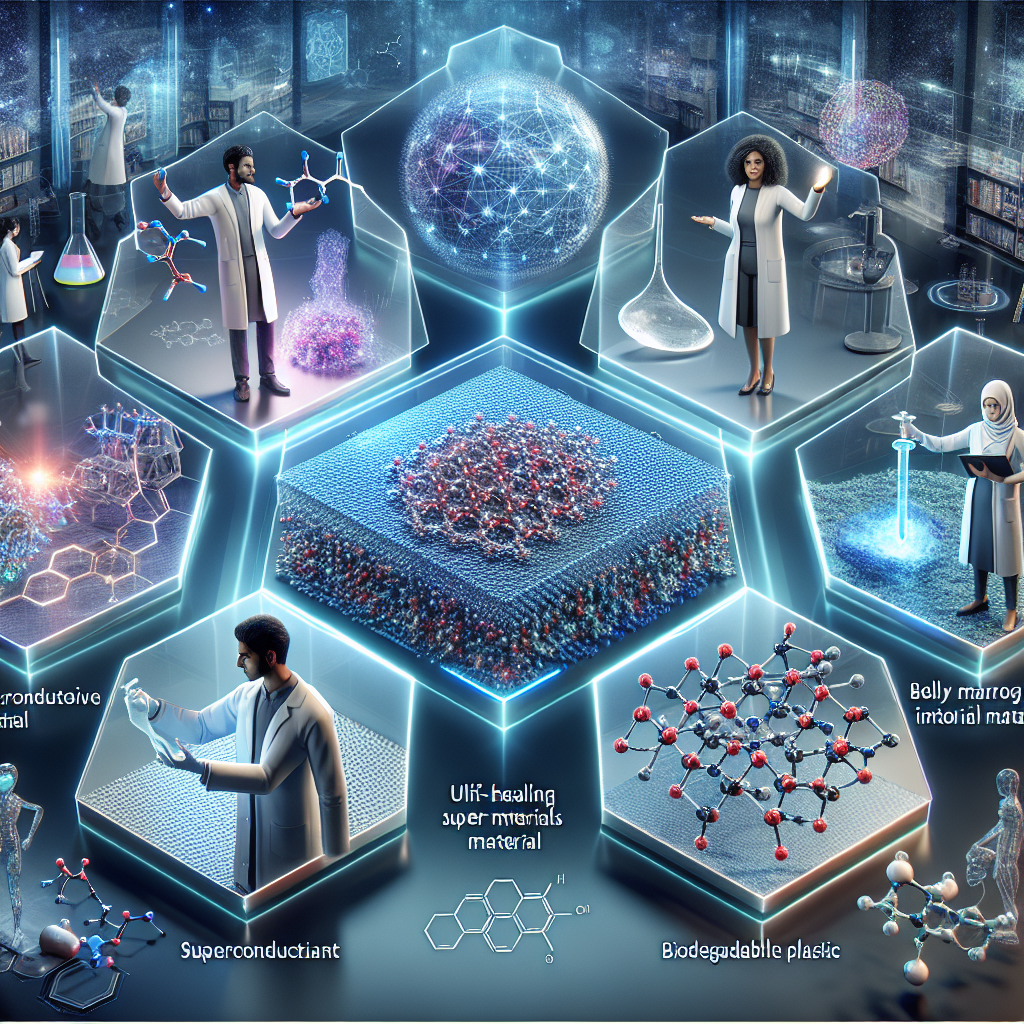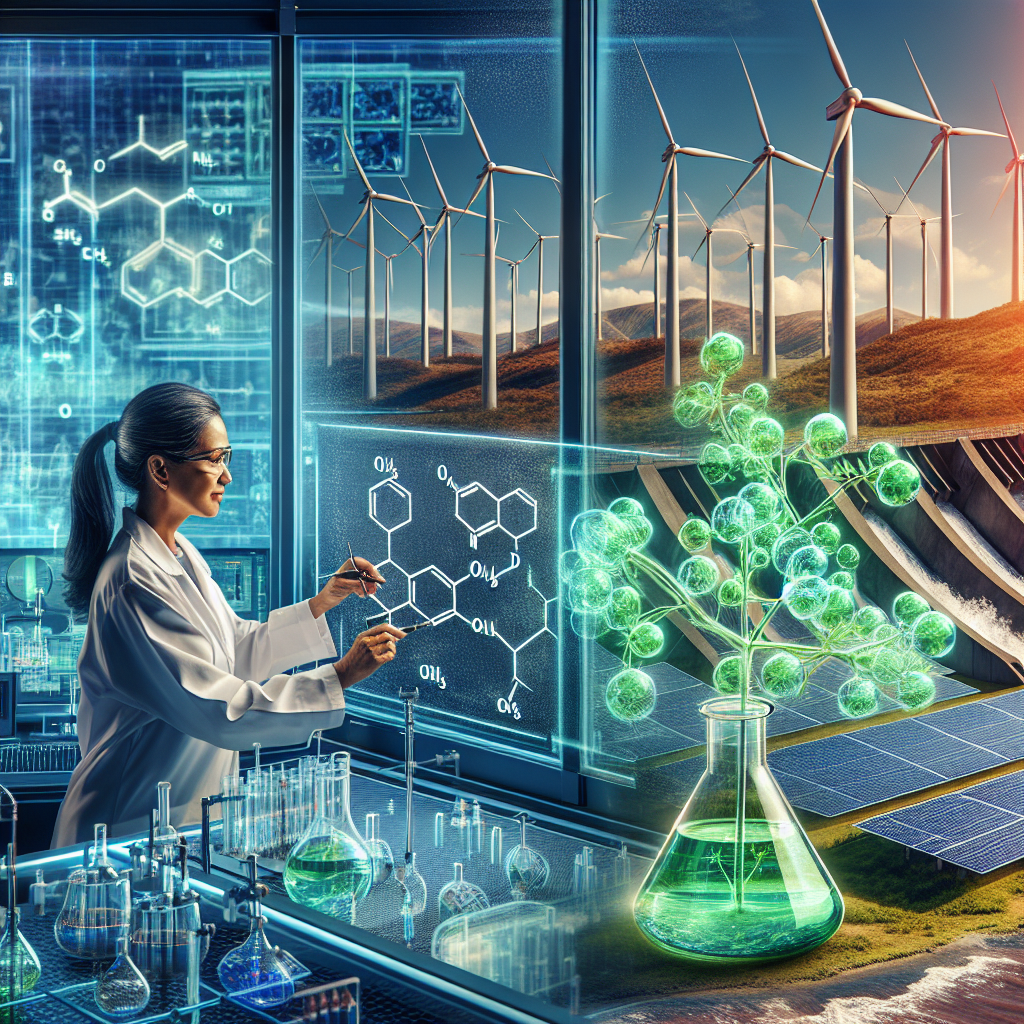Within the realm of medical science, a groundbreaking innovation has emerged, promising to reshape the panorama of organ transplantation. Enter the period of artificial organs—engineered marvels poised to alleviate the perennial scarcity of donor organs and revolutionize affected person care.
The Promise of Artificial Organs
Artificial organs, often known as bioengineered organs, characterize a triumph of interdisciplinary collaboration between biology, engineering, and medication. These organs are meticulously crafted in laboratory settings utilizing superior methods reminiscent of 3D bioprinting and tissue engineering. By harnessing the ability of regenerative medication, researchers can now fabricate organs tailor-made to match the precise wants of particular person sufferers, minimizing the danger of rejection and maximizing compatibility.
Unveiling the Know-how Behind Artificial Organs
On the coronary heart of artificial organ fabrication lies 3D bioprinting—an progressive course of that allows the exact deposition of bioinks containing residing cells layer by layer. This revolutionary know-how permits scientists to recreate advanced organ constructions with astonishing accuracy, mimicking the intricate structure of pure organs. Furthermore, developments in tissue engineering have paved the way in which for the event of bioactive scaffolds able to selling cell development and tissue regeneration throughout the physique.
The Influence on Organ Transplantation
The appearance of artificial organs holds immense promise for sufferers awaiting life-saving transplants. With conventional organ transplantation fraught with challenges reminiscent of donor shortage and immune rejection, artificial organs supply a beacon of hope. By circumventing the necessity for donor organs altogether, these bioengineered marvels promise to alleviate the perennial scarcity of transplantable organs, probably saving numerous lives within the course of. Moreover, the flexibility to tailor artificial organs to match the recipient’s distinctive organic profile minimizes the danger of rejection and enhances post-transplant outcomes.
Challenges and Future Instructions
Regardless of the exceptional strides made within the area of artificial organ transplantation, a number of challenges stay on the horizon. Points reminiscent of scalability, vascularization, and long-term viability pose vital hurdles that should be overcome to appreciate the total potential of this know-how. Moreover, regulatory concerns and moral implications surrounding using bioengineered organs necessitate cautious deliberation and oversight. Nonetheless, ongoing analysis efforts proceed to push the boundaries of risk, driving innovation and unlocking new avenues for progress within the area of regenerative medication.
FAQs
1. Are artificial organs as efficient as pure organs in transplantation?
- Whereas artificial organs maintain immense promise, additional analysis is required to make sure their efficacy and long-term viability in transplantation settings. Early research have proven promising outcomes, however extra in depth scientific trials are required to validate their effectiveness.
2. How are artificial organs fabricated?
- Artificial organs are usually fabricated utilizing superior methods reminiscent of 3D bioprinting and tissue engineering. These processes contain the exact deposition of bioinks containing residing cells onto bioactive scaffolds, finally yielding practical organ constructs.
3. What are the primary advantages of artificial organs over conventional organ transplantation?
- Artificial organs supply a number of benefits over conventional organ transplantation, together with the flexibility to beat donor shortage, reduce the danger of rejection, and tailor organs to match the recipient’s distinctive organic profile.
4. What are the main challenges going through the widespread adoption of artificial organs?
- Challenges reminiscent of scalability, vascularization, and long-term viability characterize vital hurdles to the widespread adoption of artificial organs. Moreover, regulatory concerns and moral implications should be rigorously addressed.
5. How shut are we to reaching widespread availability of artificial organs for transplantation?
- Whereas vital progress has been made within the area of artificial organ transplantation, widespread availability continues to be a methods off. Ongoing analysis efforts are centered on overcoming present challenges and advancing the know-how to make artificial organs extra accessible to sufferers in want.





